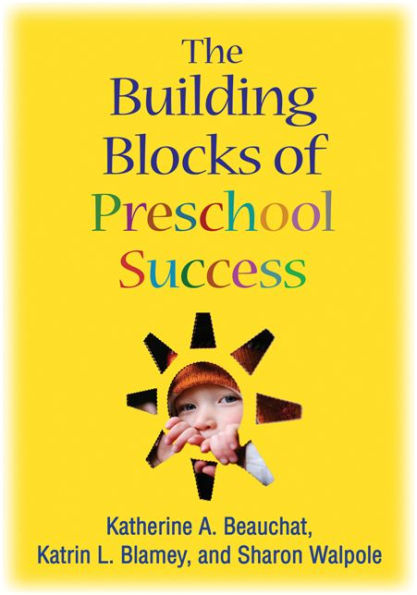5
1
9781606236932


The Building Blocks of Preschool Success available in Paperback, eBook

The Building Blocks of Preschool Success
- ISBN-10:
- 1606236938
- ISBN-13:
- 9781606236932
- Pub. Date:
- 05/12/2010
- Publisher:
- Guilford Publications, Inc.
- ISBN-10:
- 1606236938
- ISBN-13:
- 9781606236932
- Pub. Date:
- 05/12/2010
- Publisher:
- Guilford Publications, Inc.

The Building Blocks of Preschool Success
$32.0
$32.00
This item is available online through Marketplace sellers.
$28.58
This item is available online through Marketplace sellers.
32.0
Out Of Stock

Product Details
| ISBN-13: | 9781606236932 |
|---|---|
| Publisher: | Guilford Publications, Inc. |
| Publication date: | 05/12/2010 |
| Pages: | 198 |
| Product dimensions: | 6.90(w) x 9.90(h) x 0.60(d) |
| Age Range: | 3 - 5 Years |
About the Author
From the B&N Reads Blog




